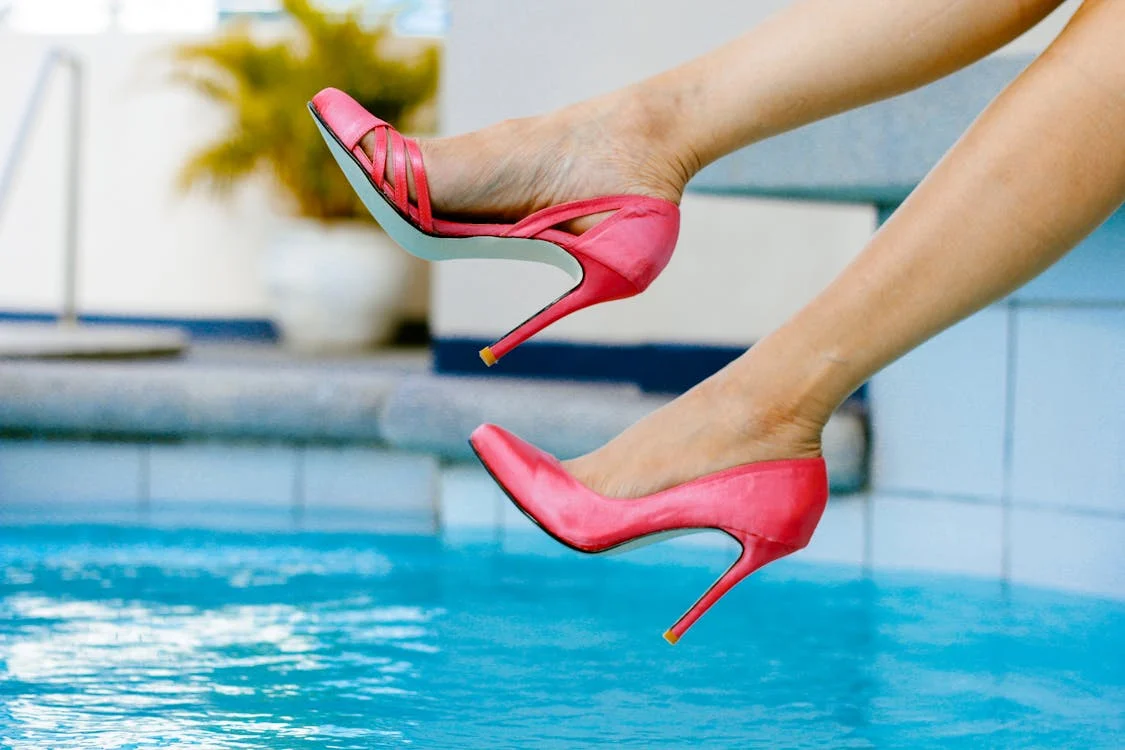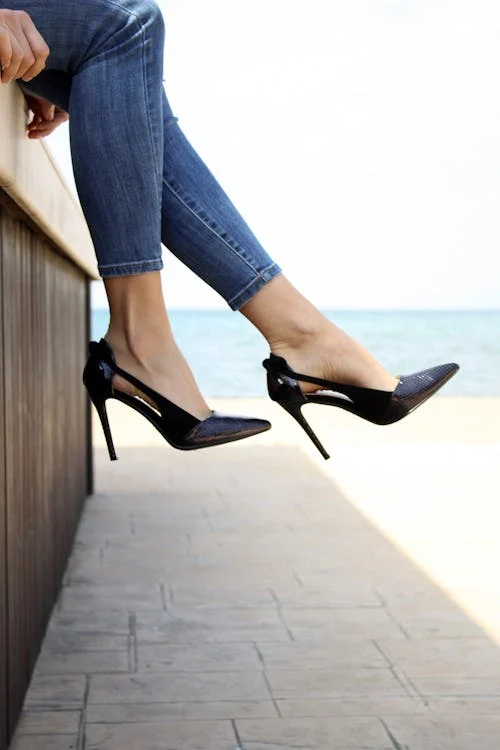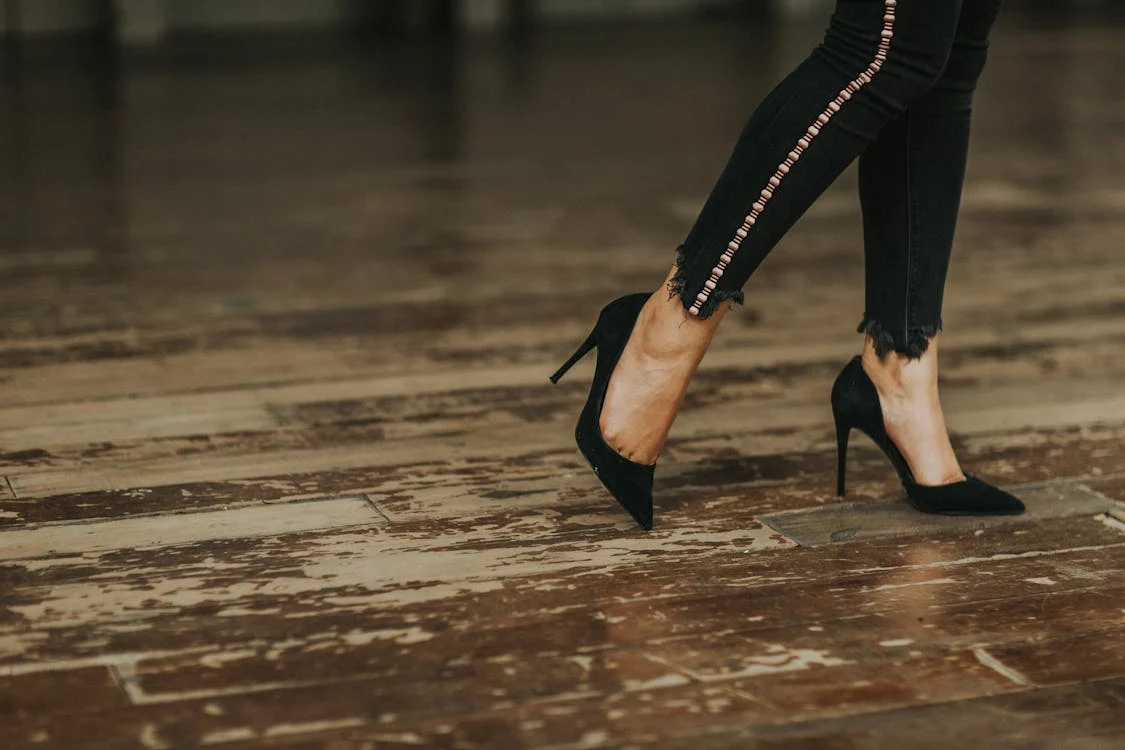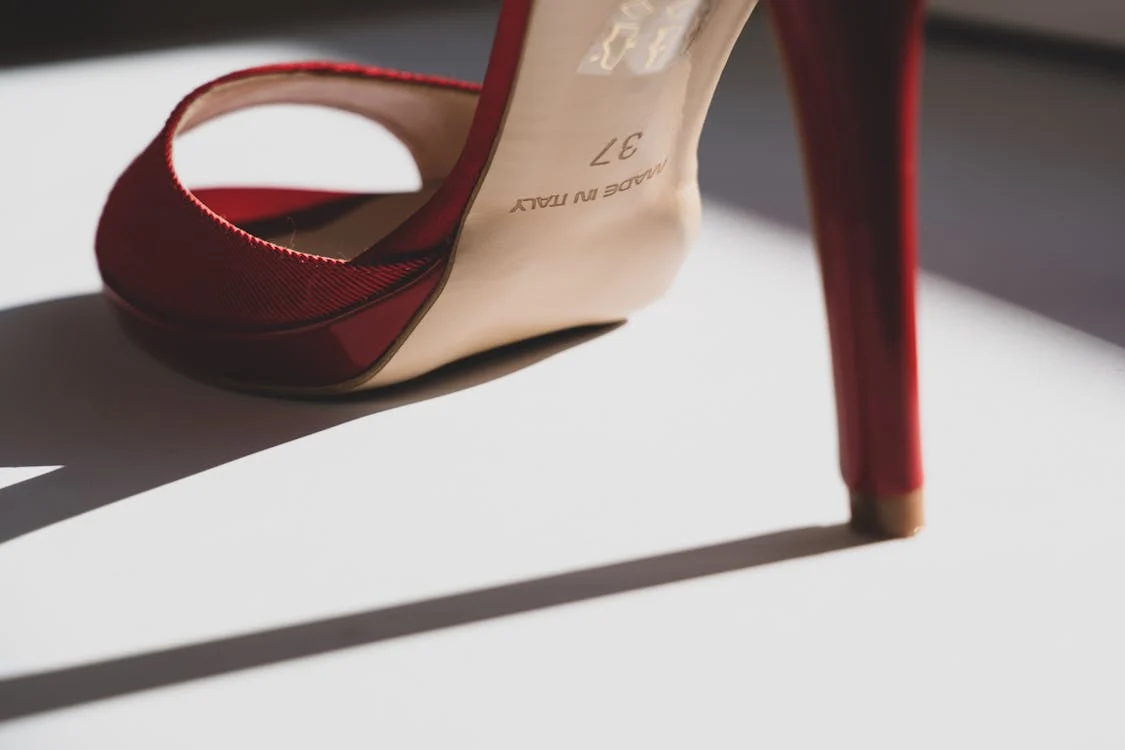An Introduction to Bunions
Bunions are a common foot condition that can cause discomfort and pain. In this article, we will explain what bunions are, their common causes, and discuss the discomfort associated with them. Let’s delve into the world of bunions and gain a better understanding of this foot condition.
Explaining What Bunions Are and Their Common Causes
Understanding the basics of bunions helps us grasp the condition better. Here are some key points:
1. Definition of Bunions: Bunions are bony protrusions that form at the base of the big toe, often causing the toe to deviate outward.
2. Common Causes: Bunions can develop due to a variety of factors, including genetics, foot structure abnormalities, and certain medical conditions.
3. Addressing the Myth: While many believe that high heels are a direct cause of bunions, it’s important to clarify that they are not the sole culprit. They can, however, exacerbate existing conditions or contribute to discomfort.
Discussing the Discomfort and Pain Associated with Bunions
Bunions can lead to various discomforts and pains. Here are some aspects to consider:
1. Physical Discomfort: Bunions can cause redness, inflammation, and tenderness around the affected area, making it challenging to wear certain shoes comfortably.
2. Painful Steps: Walking or wearing shoes that exert pressure on the bunion can result in pain and discomfort, impacting mobility and daily activities.
3. Potential Complications: If left unaddressed, bunions can lead to additional foot issues such as bursitis, hammertoes, and corns.
Bunions are a common foot condition that can cause discomfort and pain. By understanding what bunions are, their common causes, and the discomfort associated with them, we can take proactive steps to manage and minimize the impact of bunions on our daily lives. While high heels may not directly cause bunions, it’s essential to be aware of their potential contribution to discomfort. Stay informed, seek professional advice when necessary, and prioritize foot health for a comfortable and pain-free life.

The Impact of High Heels on Foot Health
High heels are a popular fashion choice, but they can have a significant impact on our foot health. In this article, we will examine the effects of high heels on foot structure and mechanics, discuss how they can contribute to foot problems such as bunions, and explain how the pressure and positioning of high heels can aggravate bunions. Let’s dive into the world of high heels and their influence on foot health.
Examining the Effects of High Heels on Foot Structure and Mechanics
Understanding how high heels affect our feet is crucial in recognizing their impact. Consider the following points:
- Altered Foot Mechanics: High heels shift our body weight forward, causing an imbalance and altering the natural mechanics of our feet.
- Increased Pressure: The concentrated pressure on the balls of the feet due to high heels can lead to pain, discomfort, and the development of various foot conditions.
- Shortened Achilles Tendon: Wearing high heels regularly can lead to the shortening and tightening of the Achilles tendon, affecting overall foot flexibility and function.
Discussing How High Heels Can Contribute to Foot Problems, Including Bunions
High heels can be a contributing factor to various foot problems. Explore the following aspects:
- Impact on Toes: The positioning of toes in high heels, especially pointed or narrow-toed shoes, can lead to crowding, deformities, and the development of bunions.
- Strain on Arch and Heel: High heels can put excessive strain on the arch of the foot, leading to discomfort, plantar fasciitis, and heel pain.
- Risk of Ankle Sprains: The instability caused by high heels puts the ankles at an increased risk of sprains and injuries.
Explaining How the Pressure and Positioning of High Heels Can Aggravate Bunions
Bunions can be worsened by the pressure and positioning imposed by high heels. Consider the following factors:
- Increased Pressure on Bunions: High heels place additional pressure on existing bunions, leading to increased pain and discomfort.
- Toe Squeezing: The narrow toe boxes in high heels can squeeze and constrict the toes, exacerbating the deformity and discomfort associated with bunions.
- Altered Weight Distribution: The shift in weight distribution caused by high heels can further push the big toe joint outwards, worsening the bunion formation.
High heels undoubtedly have a significant impact on foot health. Understanding the effects of high heels on foot structure and mechanics, their contributions to foot problems like bunions, and how the pressure and positioning can aggravate bunions is essential for making informed footwear choices. While high heels may be fashionable, it’s important to prioritize foot health and consider alternatives that provide comfort and support. Take care of your feet, and they will thank you in the long run.

The Mechanism Behind Bunion Formation
Understanding the process of bunion development is crucial in recognizing the impact of high heels on foot health. In this article, we will detail the mechanism behind bunion formation, explain how high heels can disrupt foot alignment and increase the risk of bunions, and highlight the role of pressure points and friction caused by high-heeled footwear. Let’s delve into the intricate workings of bunions and their relationship with high heels.
Detailing the Process of Bunion Development
Exploring the step-by-step progression of bunions sheds light on their formation. Consider the following points:
Misaligned Joint: Bunions form when the big toe joint gradually deviates outward, causing a bony prominence. Joint Instability: As the misalignment progresses, the joint becomes unstable, leading to further deformity. Soft Tissue Changes: With time, the surrounding soft tissues may stretch, weaken, or thicken, exacerbating the bunion.
Explaining How High Heels Can Disrupt Foot Alignment and Increase Bunion Risk
High heels have a significant impact on foot alignment, raising the risk of bunions. Explore the following aspects:
Toe Squeeze: High heels often feature narrow toe boxes that squeeze the toes together, contributing to deformity and misalignment. Uneven Weight Distribution: The elevated heel and forward shift in body weight caused by high heels disrupt the natural alignment of the foot, increasing bunion risk. Altered Gait: Wearing high heels can change the way we walk, placing added stress on the ball of the foot and big toe joint.
Highlighting the Role of Pressure Points and Friction Caused by High-Heeled Footwear
Pressure points and friction play a vital role in bunion formation. Consider the following factors:
Increased Pressure: High heels concentrate pressure on the balls of the feet, including the big toe joint, potentially exacerbating bunion deformity. Rubbing and Friction: The friction caused by high-heeled footwear against the bunion area can irritate the skin, leading to pain and discomfort. Calluses and Corns: Pressure points caused by high heels can result in the development of calluses and corns around the bunion area.
Understanding the mechanism behind bunion formation provides valuable insights into the impact of high heels on foot health. High heels can disrupt foot alignment, increase bunion risk, and contribute to pressure points and friction that worsen bunion deformity. By making informed footwear choices and prioritizing foot comfort, we can minimize the risk of bunions and maintain healthier feet. Care for your feet, and they will support you every step of the way.

Preventative Measures and Foot Care
Taking preventative measures and caring for your feet are essential in minimizing the risk of bunions when wearing high heels. We will provide tips for reducing bunion risk while wearing high heels, recommend proper shoe selection, regular foot stretching exercises, and orthotic inserts, and encourage alternate footwear choices and limiting high heel usage. Let’s explore how proactive foot care can make a difference.
Tips for Reducing Bunion Risk While Wearing High Heels
Taking precautionary steps can help mitigate the risk of developing bunions. Consider the following tips:
- Optimal Heel Height: Choose lower-height heels to minimize the pressure on the ball of the foot and the big toe joint.
- Adequate Toe Box Space: Select high heels with roomy toe boxes to allow the toes to move freely and prevent compression.
- Cushioning and Support: Look for high heels that offer sufficient cushioning and arch support to reduce the impact on the feet.
Proper Shoe Selection, Regular Foot Stretching exercises, and Orthotic Inserts
Incorporating specific practices can promote foot health and reduce bunion risk. Explore the following recommendations:
- Shoe Fit Check: Ensure that high heels fit properly, with ample space for the toes and proper arch support.
- Foot Stretching Exercises: Regularly perform exercises that stretch and strengthen the feet, such as toe curls and arch stretches.
- Orthotic Inserts: Consider using orthotic inserts or custom-made shoe inserts to provide additional support and alleviate pressure on the feet.

Alternate Footwear Choices and Limiting High Heel Usage
Diversifying your footwear choices and moderating high heel usage is crucial for foot health. Consider the following suggestions:
- Flat and Supportive Shoes: Opt for flats, sneakers, or low-heeled shoes that provide comfort, support, and allow natural foot movement.
- High Heel Time Management: Limit the duration of high heel usage, alternating with other footwear options throughout the week.
- Occasional High Heel Breaks: Take breaks during high heel usage to elevate and stretch the feet, giving them relief from prolonged pressure.
Preventative measures and proper foot care play a significant role in reducing the risk of bunions when wearing high heels. By following tips for reducing bunion risk, selecting suitable footwear, performing regular foot stretching exercises, and utilizing orthotic inserts, you can safeguard your foot health. Remember to incorporate alternate footwear choices and limit high heel usage to maintain overall foot well-being. Take proactive steps, and your feet will thank you.
Conclusion
Understanding the impact of high heels on bunion formation allows individuals to prioritize foot health and make informed choices about footwear. By fostering foot health awareness and implementing preventive measures, such as proper shoe selection and regular foot stretching exercises, we can reduce the risk of bunions and maintain long-term foot wellness. Remember to take care of your feet today, and they will continue to support you in the future.
